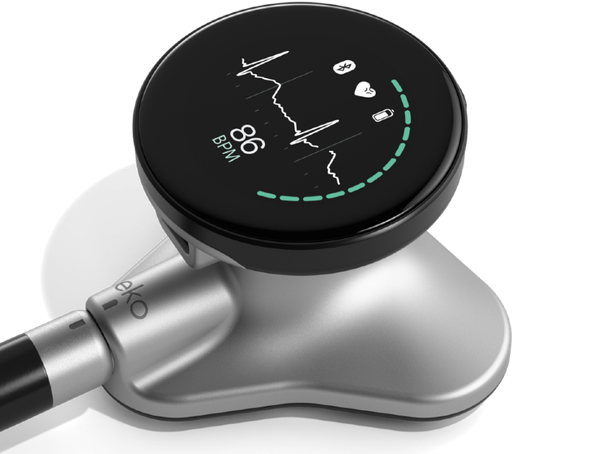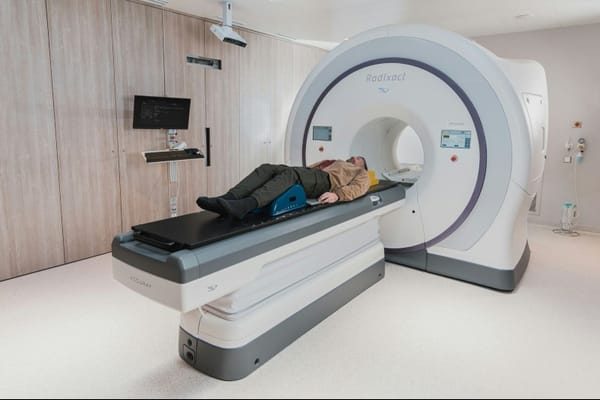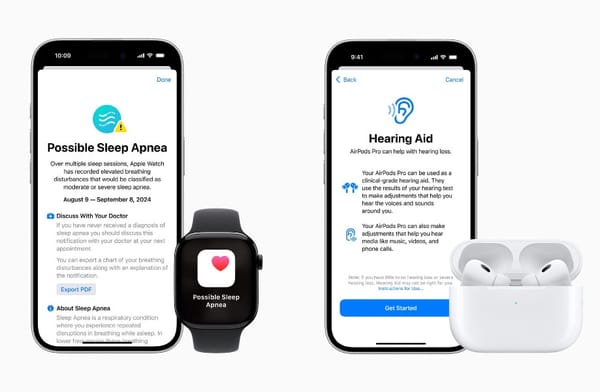The world of fitness is undergoing a dramatic transformation, thanks to the integration of smart devices and cutting-edge technologies like the Internet of Things (IoT) and Artificial Intelligence (AI). These innovations are reshaping how we approach exercise, making it more accessible, personalized, and effective than ever before. As the lines between technology and wellness continue to blur, tele-exercise is emerging as a powerful tool for improving health and longevity.
Key takeaways:
• Smart devices and IoT are revolutionizing home fitness
• AI enables personalized workout plans and real-time feedback
• Tele-exercise improves accessibility and motivation for users
• Challenges include data privacy and equitable access to technology
• Future research will focus on long-term impacts and effectiveness
The rise of smart fitness devices
The fitness industry has witnessed a surge in smart devices designed to enhance workout experiences and track health metrics. From smartwatches and fitness trackers to connected exercise equipment, these IoT-enabled devices are transforming our homes into high-tech gyms[1].
These smart devices collect a wealth of data, including heart rate, calories burned, sleep patterns, and even stress levels. This information provides users with unprecedented insights into their overall health and fitness progress. Moreover, the ability to sync this data across multiple platforms allows for a more holistic approach to wellness.
AI: The personal trainer in your pocket
Artificial Intelligence is taking tele-exercise to the next level by offering personalized workout plans and real-time feedback. AI algorithms analyze user data to create tailored exercise routines, adjusting difficulty levels and recommending specific exercises based on individual goals and progress[1].
One of the most significant advantages of AI in fitness is its ability to provide instant feedback on form and technique. Using computer vision technology, AI can analyze a user's movements during exercises, offering corrections and tips to maximize effectiveness and prevent injuries.
Benefits of tele-exercise
Tele-exercise, powered by smart devices and AI, offers numerous benefits:
- Accessibility: Users can access expert-level fitness guidance from the comfort of their homes, eliminating barriers such as gym memberships or travel time.
- Personalization: AI-driven workout plans cater to individual needs, fitness levels, and goals.
- Motivation: Gamification elements and progress tracking keep users engaged and motivated to continue their fitness journey.
- Data-driven insights: Comprehensive health data allows users to make informed decisions about their wellness routines.
- Preventive healthcare: Regular monitoring of vital signs can help detect potential health issues early on.
Challenges and considerations
While the future of tele-exercise looks promising, there are several challenges to address:
- Data privacy: With the collection of sensitive health data, ensuring robust security measures is crucial[1].
- Digital divide: Ensuring equitable access to these technologies across different socioeconomic groups is essential.
- Integration with healthcare: Bridging the gap between fitness data and medical practice requires careful consideration and collaboration.
- User adoption: Overcoming resistance to new technologies and ensuring long-term engagement remains a challenge.
The future of tele-exercise
As technology continues to advance, we can expect even more innovative solutions in the tele-exercise space. Virtual and augmented reality may create immersive workout experiences, while AI could become even more sophisticated in its ability to analyze and predict health outcomes.
Future research will likely focus on the long-term impacts of tele-exercise on chronic disease prevention, mental health, and overall longevity. Additionally, efforts to make these technologies more accessible and integrated into existing healthcare systems will be crucial for widespread adoption.
In conclusion, smart devices and AI are ushering in a new era of fitness that is more personalized, accessible, and data-driven than ever before. As these technologies continue to evolve, they have the potential to significantly impact public health and longevity on a global scale.
To stay updated on the latest developments in tele-exercise and smart fitness technologies, subscribe to our newsletter and join the conversation about the future of health and wellness.
References:
- Fabbrizio, A., Fucarino, A., Cantoia, M., De Giorgio, A., Garrido, N. D., Iuliano, E., ... & Macaluso, F. (2023). Smart Devices for Health and Wellness Applied to Tele-Exercise: An Overview of New Trends and Technologies Such as IoT and AI. Healthcare, 11(12), 1805. https://www.ncbi.nlm.nih.gov/pmc/articles/PMC10600265/















Member discussion